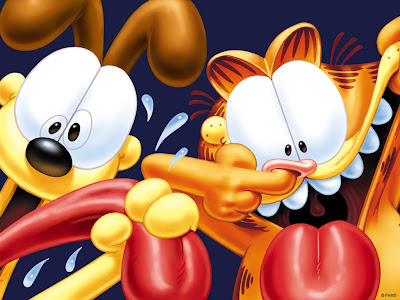This graphic novel was pretty cool. Highly recommend reading it, although it is sad.
Maus reminds me a little of
Animal Farm written by George Orwell. Based off of the relation between animal types compared to certain races in the world, then yes the two are very similar.
What I found most interesting about
Maus was the story. In general, I love reading because of the stories, not much for the images. Normally Holocaust stories are written via memoirs or through bibliographies not graphic novels. Reading his story through a graphic novel was a totally different experience. I know there have been movies directed with the troubles and experiences of World War II and documentaries about the Holocaust, but it is a different more personal experience reading and viewing the images about it. Movies tend to manipulate shots and limit the emotional experience by showing you what they want you to feel/experience. Maus allows you to feel whatever you want. There are no colors or sounds to heighten emotions only pictures and words. The images are really strong and "in your face" with violence, which is scary and sad to think that this really happened.
The relation from
Animal Farm to
Maus is clearly there or at least the concept of comparing specific races to animals. In the graphic novel: the Jews are represented as mice, the Nazis are represented as cats, and ethnic Polish people are represented by pigs. In
Animal Farm: the different working class Russian people are represented as horses, goats, sheep, chickens, cows, and cats. The upper class was represented as pigs.
Both stories talk about two very important events in history that wil never be forgotten because of how many ways it has been interpreted through film, comics, novels, graphic novels, or songs. The different use of media about important topics in history allow us to remember and relive what happened; so we never forget what happened and repeat history in that way again.
Overall, read it. You won't be disappointed. It is a great experience.












